Another year, another Fast and Furious threatens to dominate pop culture and make us fantasise about pimping our rides and tricking our drives. As (pop) culturally watershed as the franchise has been, it has consistently failed to reflect real world automobile and automobile brand trends. The franchise trades in fantasy, yes. But so do auto brands.
From branding to marketing to product design, auto brands peddle a lifestyle that could be. They invite us to imagine ourselves in an alternate reality. One with beautiful upholstery, exotic locations, statement hubcaps and muscly engine sounds. But increasingly this reality has skidded away from the likes of Ford Mustangs and Dodge Chargers, and accelerated into a future not yet seen in the Fast and Furious universe. Yes, that future is electric. You’d think Hollywood pays attention.
Electric vehicles (EV), autonomous vehicles (AV), assisted driving, automated factories and ride sharing are but a few major disruptions that have shaken the industry in recent years. While aggressive digitalisation in the auto industry has brought on many benefits, it has brought multiple challenges as well. Key among which is how auto brands continue to brand themselves.
The role of automobile branding
To understand this and automobile brand trends, we must first understand the role of branding in how we interact with automobiles. Throughout much of automotive history, 2 things are emblematic of how we differentiate one car brand from the next.
First, the vehicle’s design. This means not only its aesthetics but also its engineering. Motor vehicles are complex machines that require careful detailing to deliver that signature brand experience, from engine to chassis and all the creature comforts in between. Design and craftsmanship are among the most distinguishing factors for any automobile. Hence, over time, we’ve come to associate the silhouette of a vehicle to a particular brand (hey there, Beetle, Mini, Porsche, Jeep and Lambo fans). Some have even developed signature engine sounds and custom branded colours.
Next, the finishing touch to any automobile is no doubt its emblem. More than merely decorative, emblems function like sign-offs by the car maker and designer. And many of them carry deep significance and symbolism. And pride.
Here are some examples:
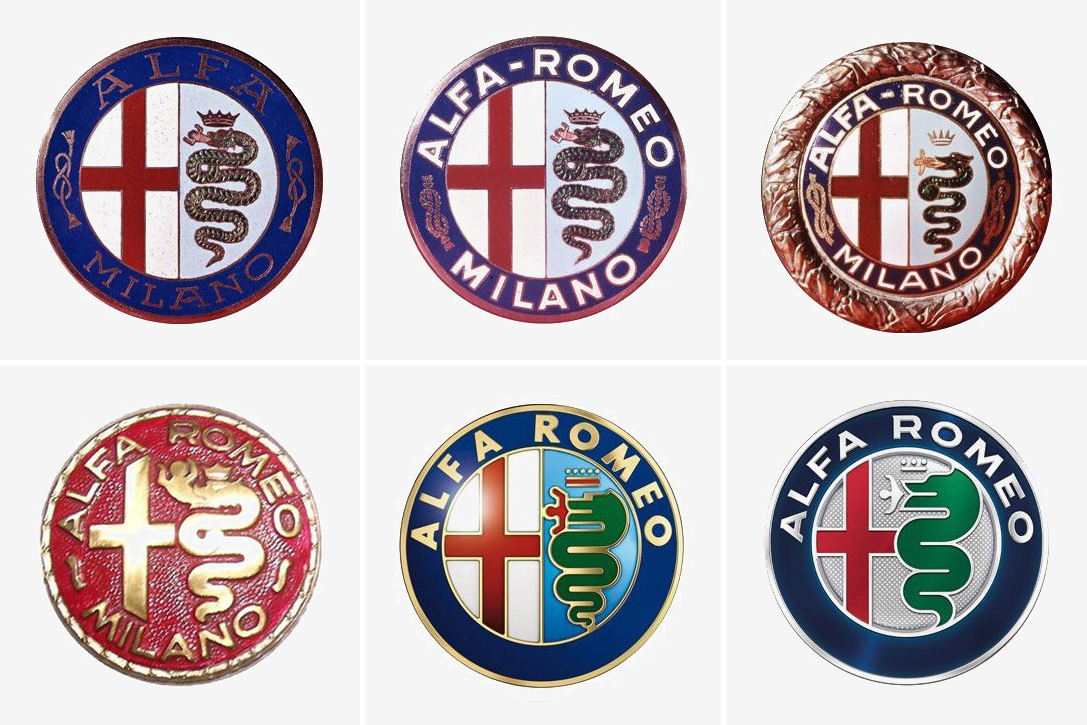
Alfa Romeo’s red cross is a symbol of its birth city Milan, while the snake-y illustration is the crest of an important Milanese bloodline. (It symbolises rebirth, in case you’re wondering.)
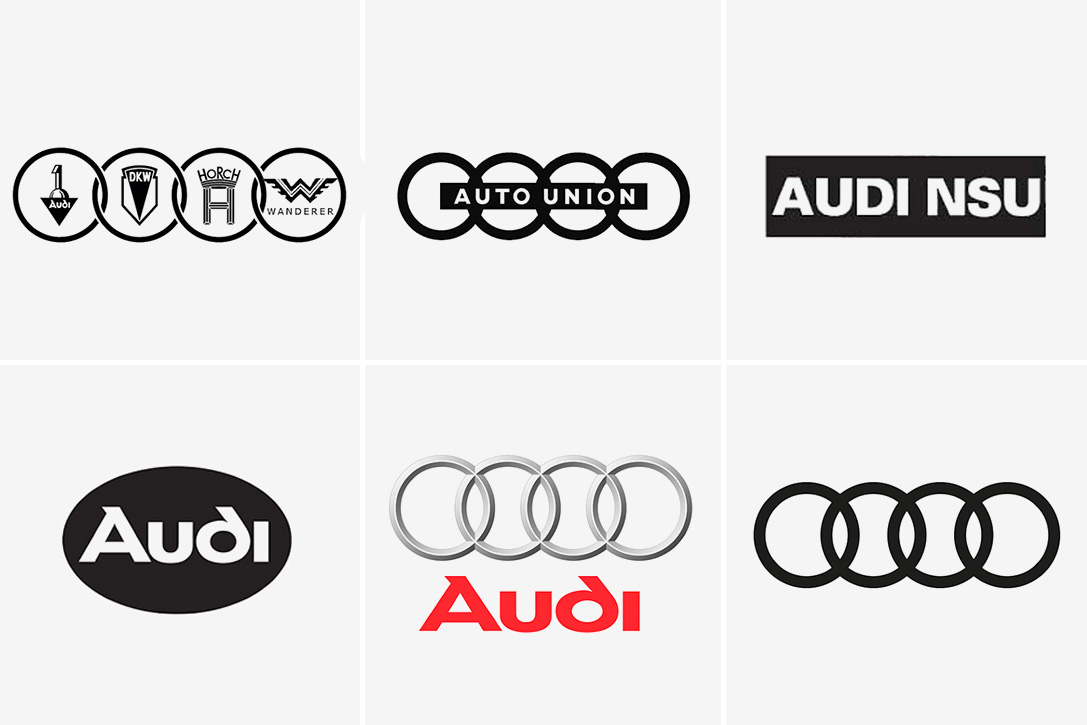
Audi’s signature 4 rings represent the 4 brands that were part of the company’s founding history

Bentley’s iconic wings are a nod to the brand’s beginnings as an aircraft engine manufacturer
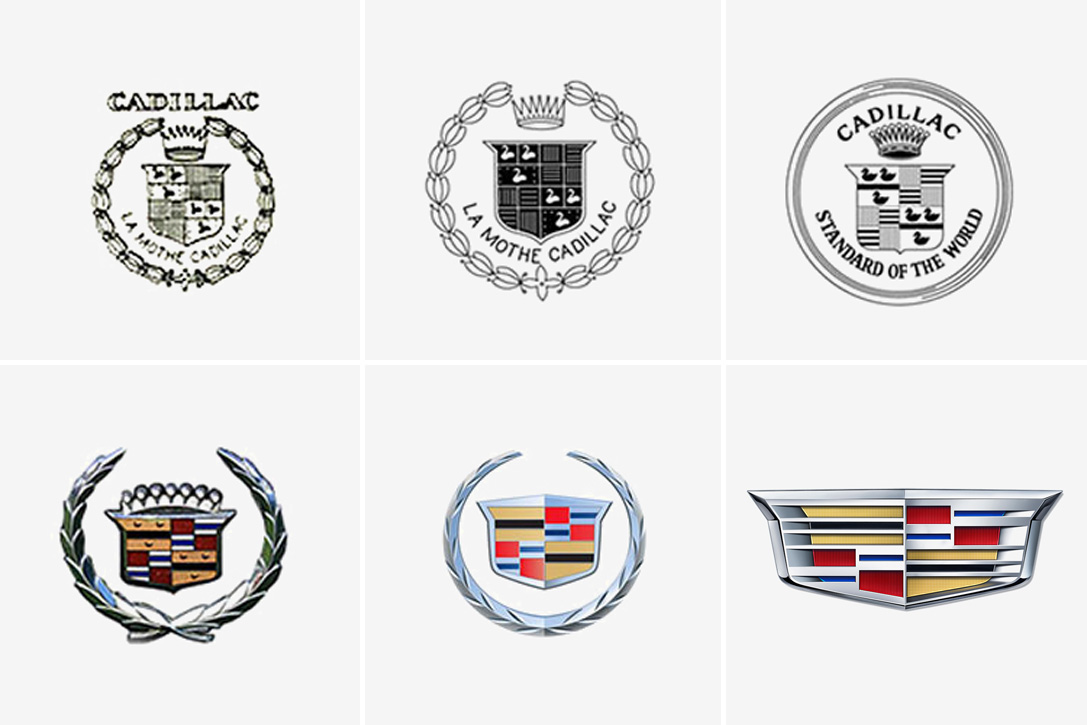 Despite numerous redesigns, Cadillac’s logo has retained its familial crest and colour scheme, a tribute to its founding family
Despite numerous redesigns, Cadillac’s logo has retained its familial crest and colour scheme, a tribute to its founding family
 Wearing its Italian heritage proudly, Ferrari’s iconic horse was set up to be a symbol of patriotism and luck. It’s a tribute to Italian fighter pilot Francesco Baracca, whose aircraft was emblazoned with a similar illustration
Wearing its Italian heritage proudly, Ferrari’s iconic horse was set up to be a symbol of patriotism and luck. It’s a tribute to Italian fighter pilot Francesco Baracca, whose aircraft was emblazoned with a similar illustration
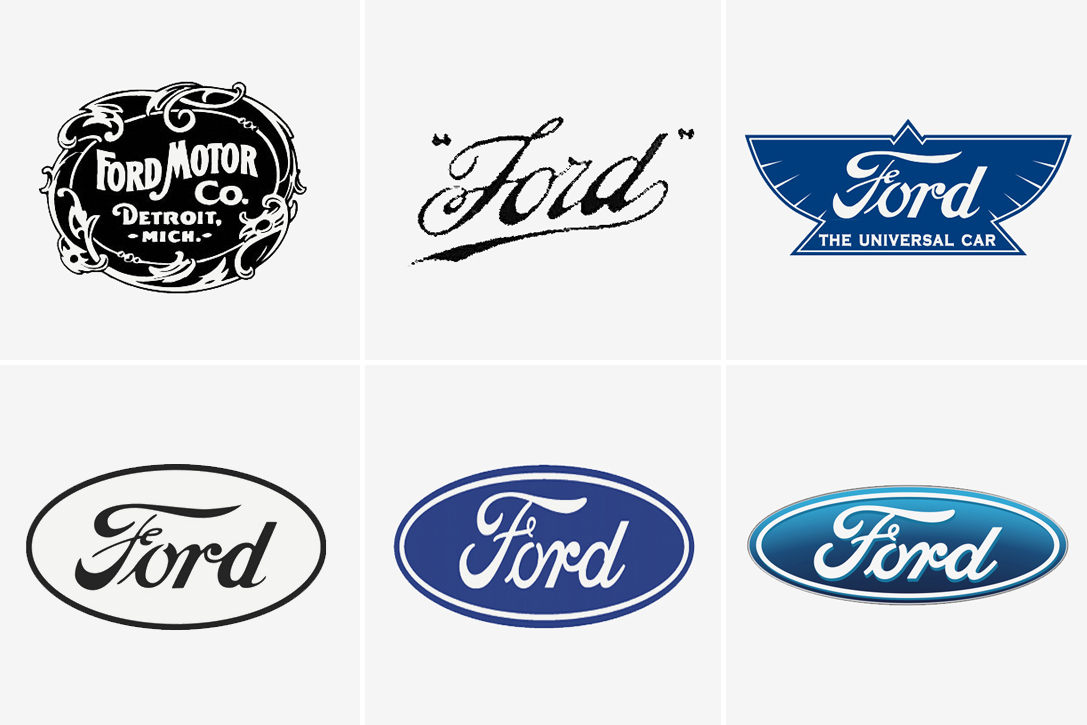 Ford’s logo pays tribute to founder Henry Ford by mimicking his script-like signature, almost like a stamp of approval
Ford’s logo pays tribute to founder Henry Ford by mimicking his script-like signature, almost like a stamp of approval
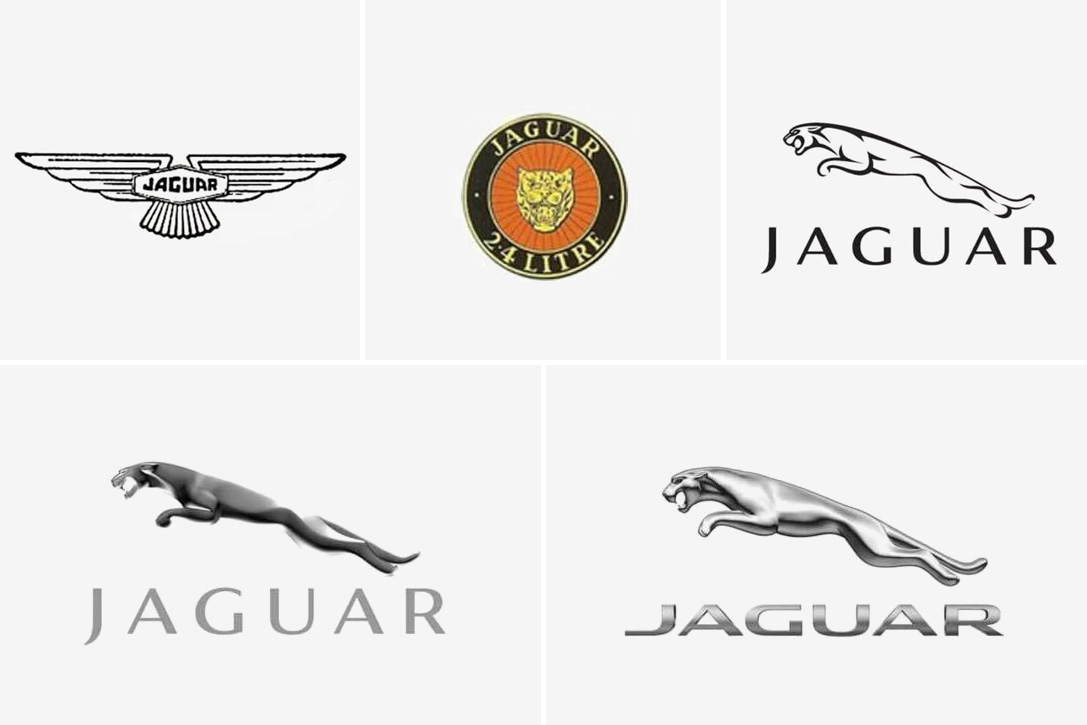 The jumping jaguar represents the brand’s attributes of speed and stylishness
The jumping jaguar represents the brand’s attributes of speed and stylishness
 Nissan’s logo features a sun, a nod to Japan’s national flag
Nissan’s logo features a sun, a nod to Japan’s national flag

Porsche’s logo features the coat of arms for Württemberg, of which Stuttgart (Porsche’s birth city) is its capital. (Fun fact: Stuttgart used to be a stud farm… hence the horse. Now you know!)
As evidenced, a vehicle’s emblem and associated logo carry the brand’s signature colours, shapes and iconography that conveys its heritage, design philosophies and product attributes. They tell us where they’re from, how they’re made, why they have a right to win, and why we should care. Over time, we’ve even come to associate and assign specific traits to these auto brands: The ones we align ourselves with signals to others who we are and what we care about.
So are you an Audi or a BMW? Is the person you’re dating a Nissan or Renault? Conversations like these are all around us. Not sure? Just try this Buzzfeed quiz.
How digital transformation is changing automobile branding trends
Gone are the days of Henry Ford and Enzo Ferrari. The closest we have to these auto giants today are probably Elon Musk, and you know his inclinations. Yes, the automobile industry has been speeding into an electric future for a while now.
Like many industries, the auto industry has not been spared by digital disruption. Trends like increased connectivity, environmental regulations, IoT, wireless solutions, and heightened customer expectations have all been driving accelerated investments into digitalisation. They have also left many boardroom leaders scrambling to keep up and many strategists to lose sleep.
This comes on the back of how technology, automation and big data have been changing how vehicles are designed, built, marketed and sold. Not to mention, how brands are going about their post-sales diagnostics, service and customer retention strategies. (Fun fact: The automotive industry is the 2nd most data-driven industry in the world, behind utilities.)
According to the Future of Mobility report by Frost & Sullivan, IT spending in the automobile industry will hit US$168 bil. in 2025. And by 2030, journeys will become even more integrated, intelligent and connected. So where does this leave us? How does increased IT investments impact automobile branding trends?
When auto brands face off by (ironically) getting the same facelifts
Remember that other popular 90s action movie Face/Off, where Nicolas Cage and John Travolta go mano a mano by swapping faces? The automobile branding scene today feels very much like that: Brands are competing by assuming a new identity. While they are not actually trading faces with each other, they may as well. Because every face now looks almost identical: Flat and electric.
1. General Motors
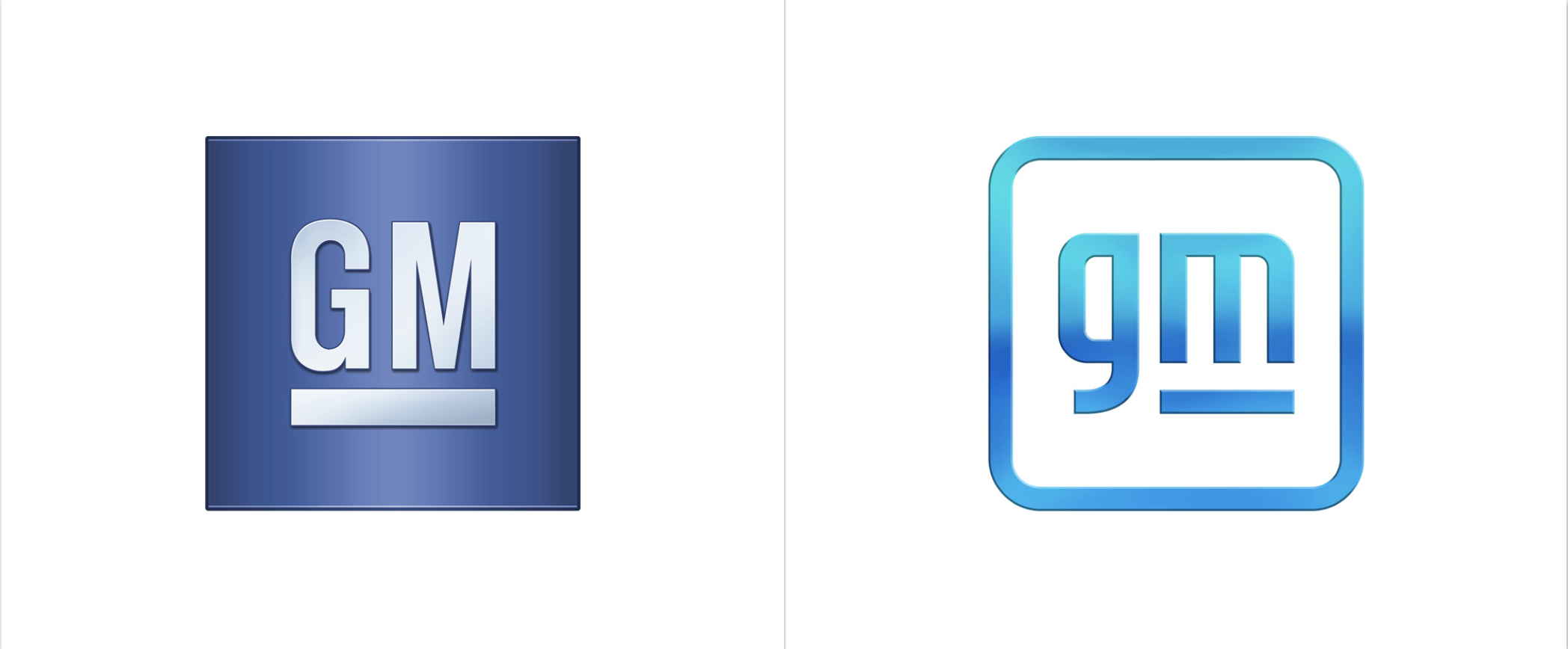
Before-and-after logos
Before-to-after logo animation
GM’s future is clearly electric. Look closer at their new logo and you can definitely see the “m” as an electric plug. Their identity glow-up launched in early-2021 even includes a custom typeface with an unmistakably digital feel. As well as an “everybody in” advertising campaign, targeting who they’re calling “Generation E”.
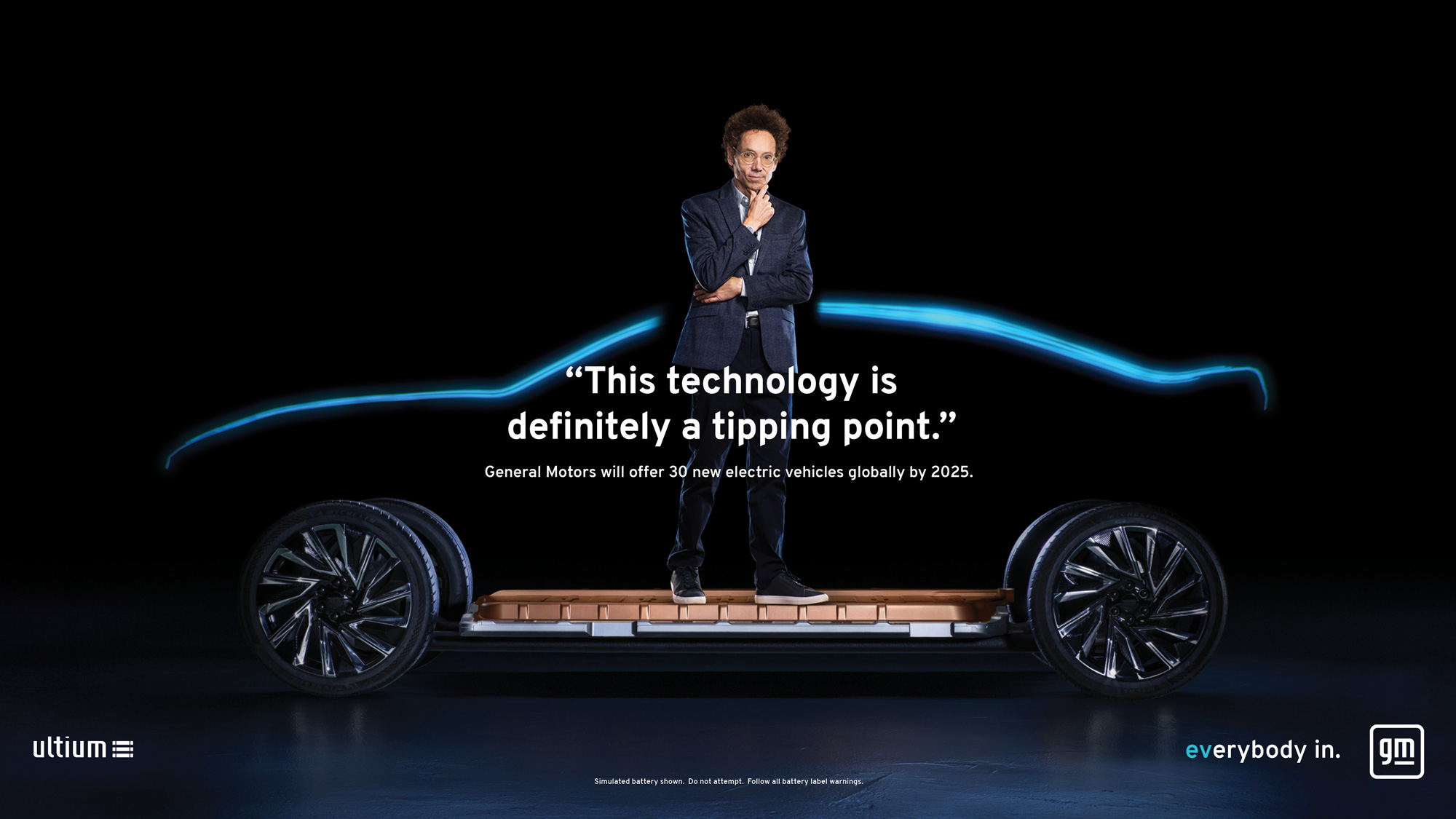
Campaign ad
Campaign video
2. KIA
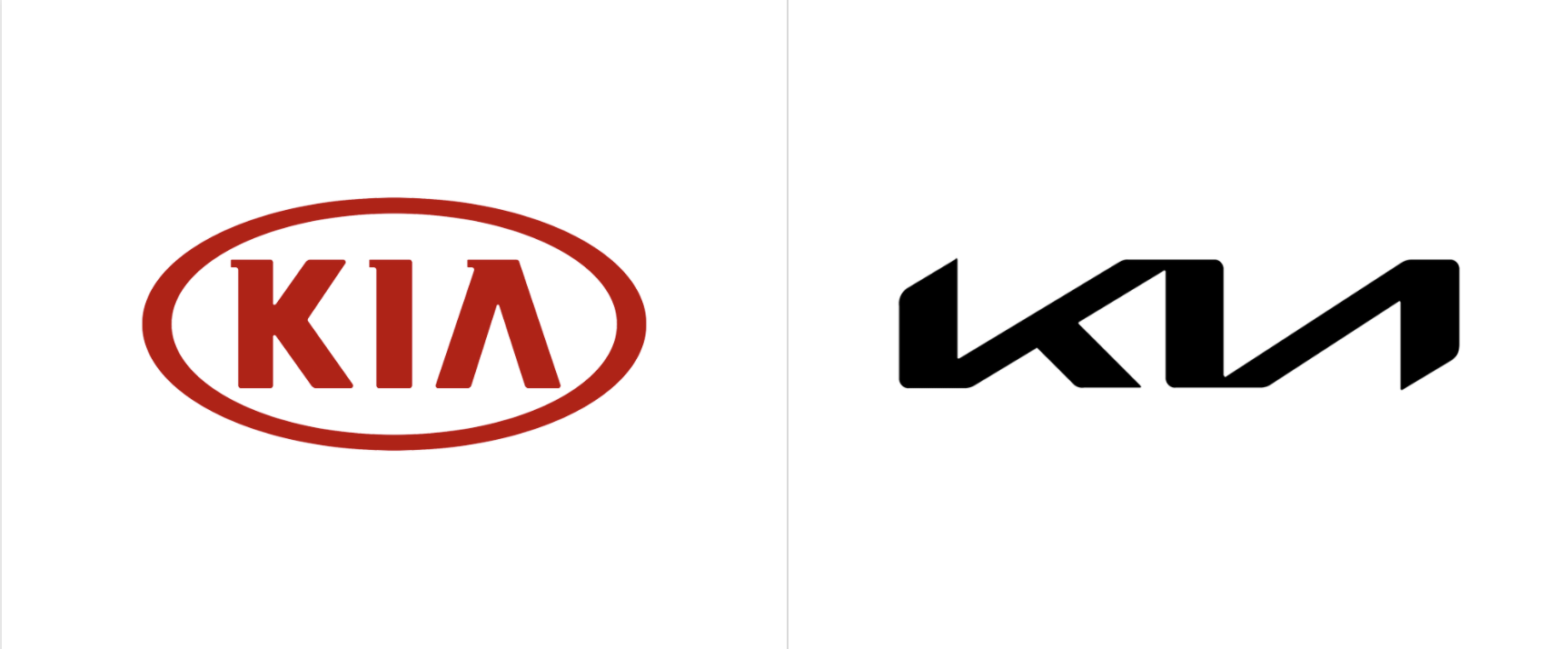
Before-and-after logos
Identity design system
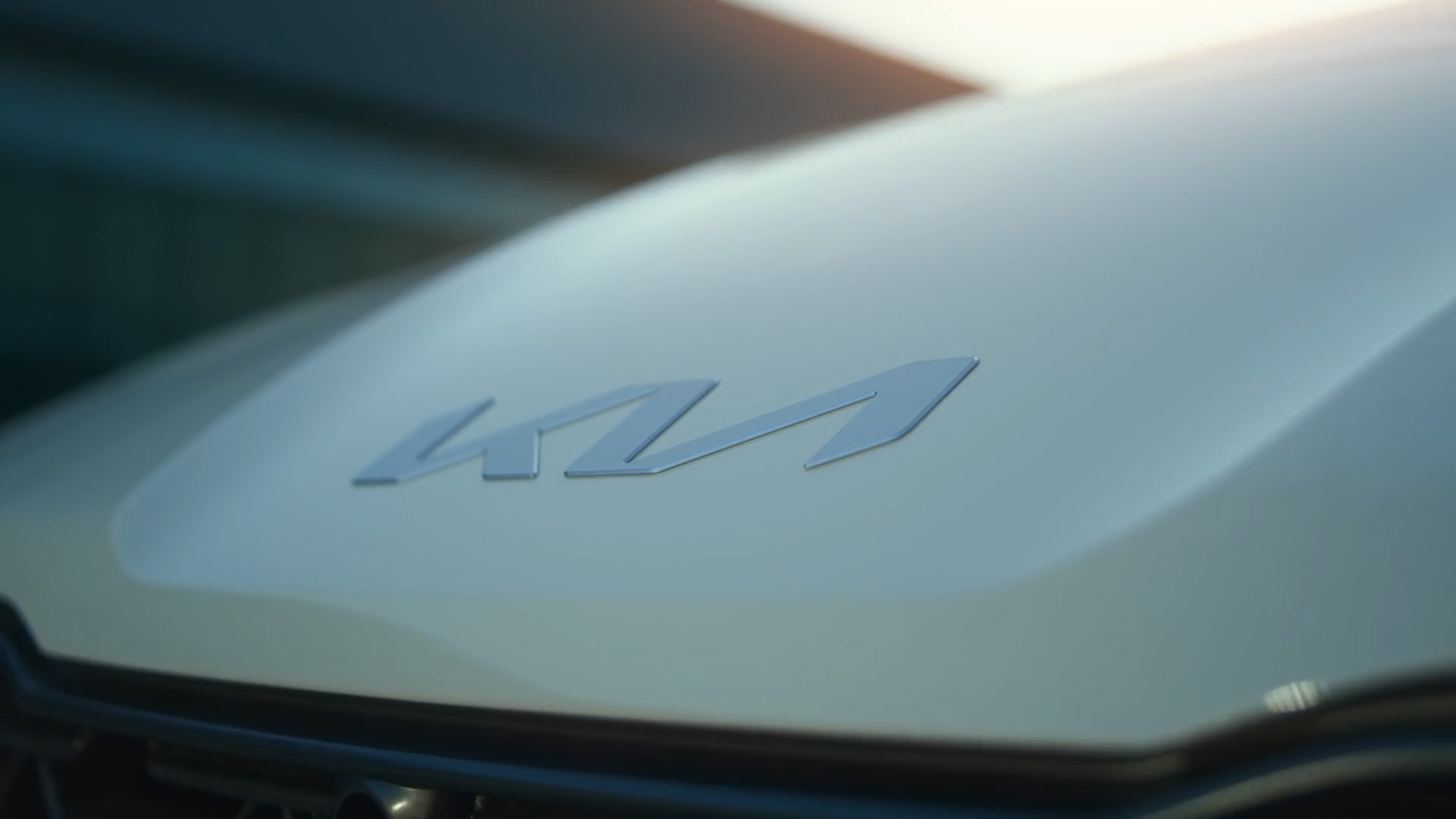
New emblem on car
Like GM, KIA has its sights trained on the future of electric vehicles. In Jan 2021, the brand rolled out an ambitious rebrand that does away with the wonky oval badge. In its place is a sleek wordmark, accompanied by a dynamic layout system, that feels light, flat and progressive. The rebrand was summed up in a CGI-heavy manifesto video, which was also used to tout the new KIA EV6.
Brand manifesto video
3. Renault

Before-and-after logos
Logo reveal video
Renault too is jockeying for position in an EV-led market and, like KIA, has introduced a rebrand that revolves around transforming themselves “from a car company working with tech to a tech company working with cars”. At the same time, they debuted their new logo with their Renault 5 prototype.
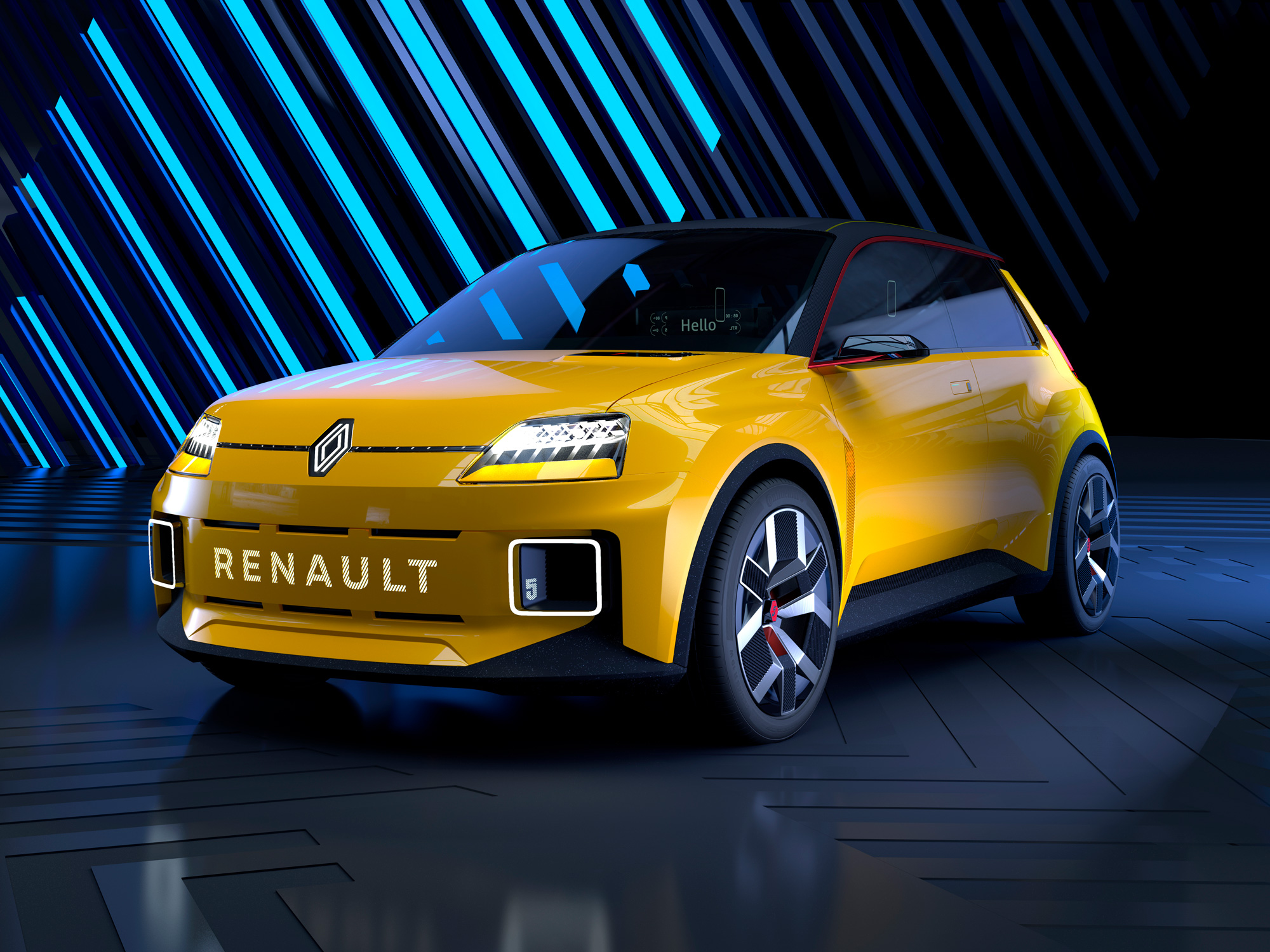
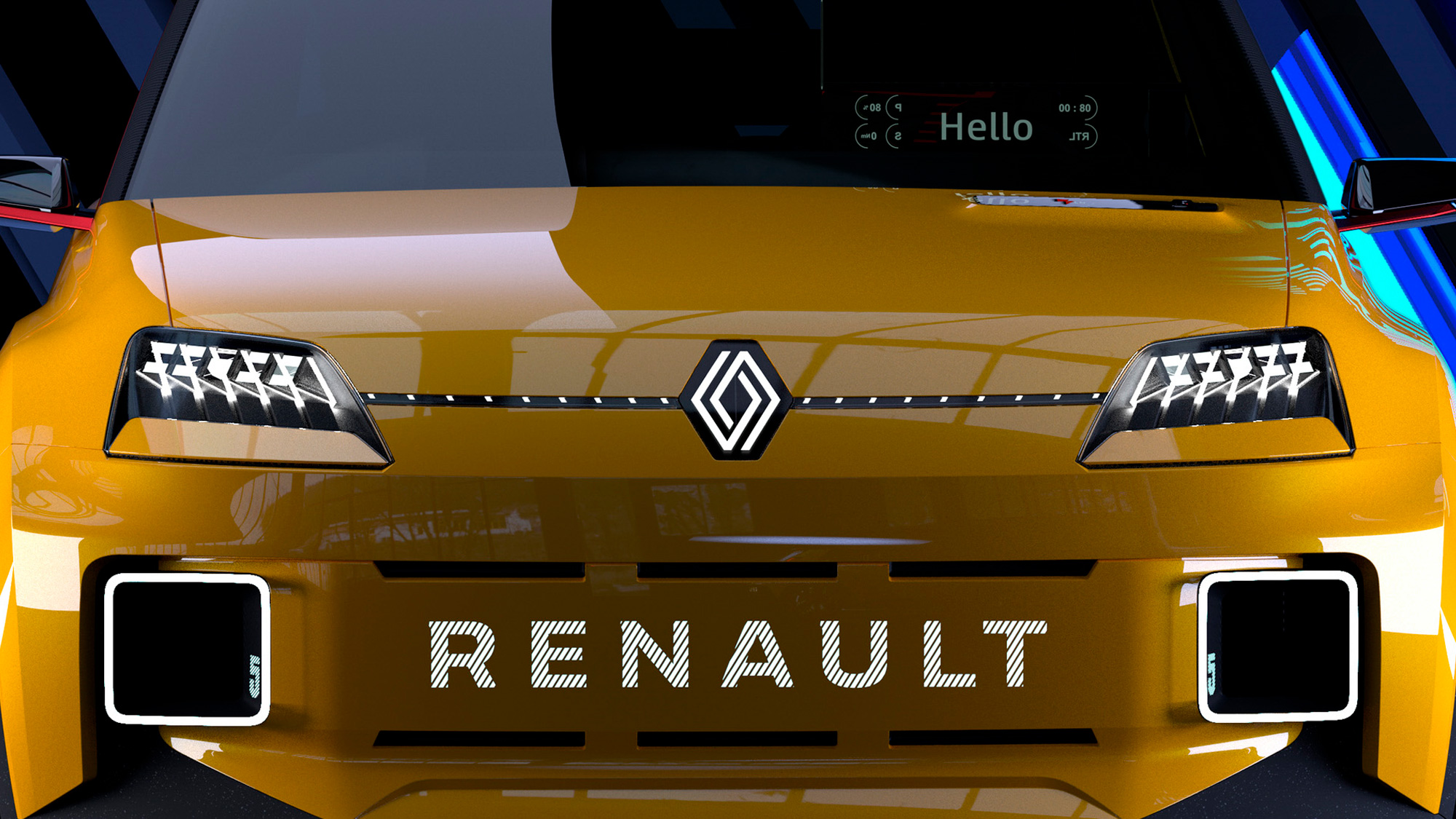
Renault 5 prototype with the new logo that’s kinda lit
4. Nissan
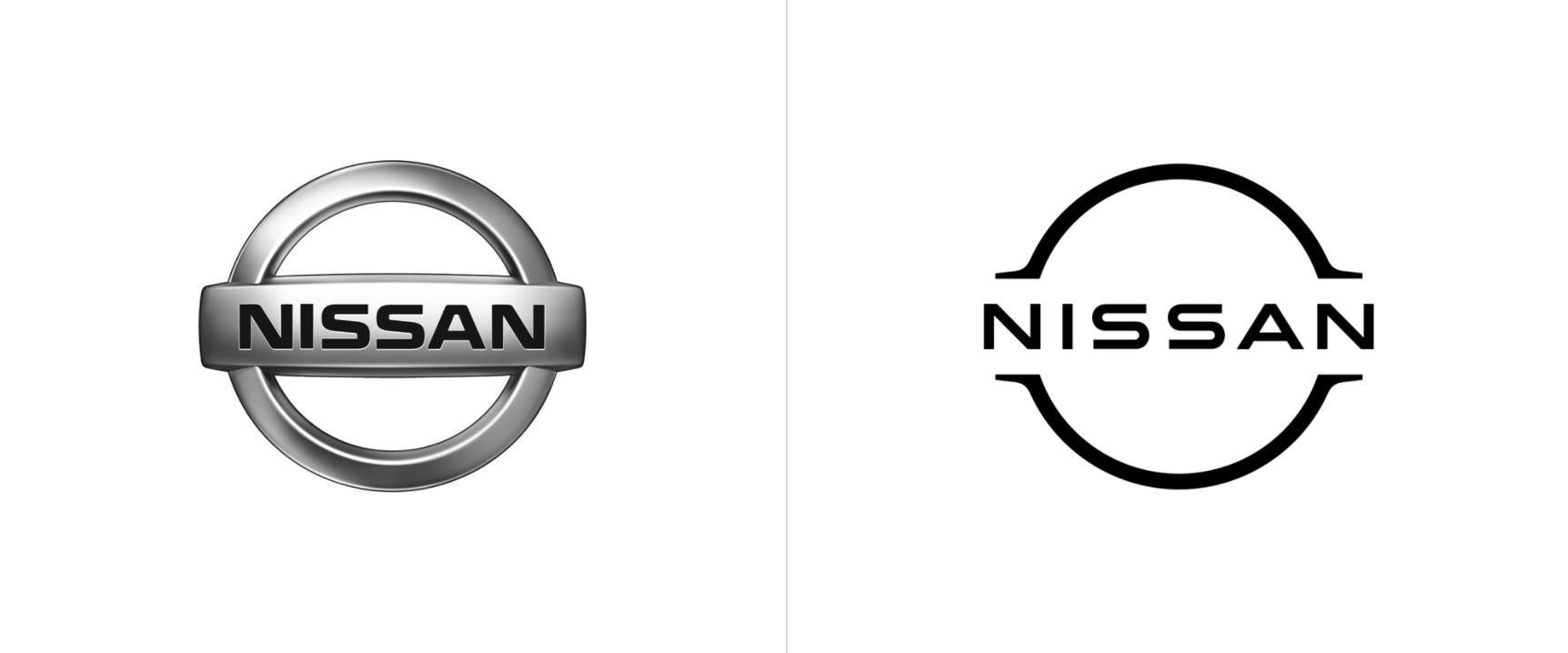
Before-and-after logos
Logo intro video
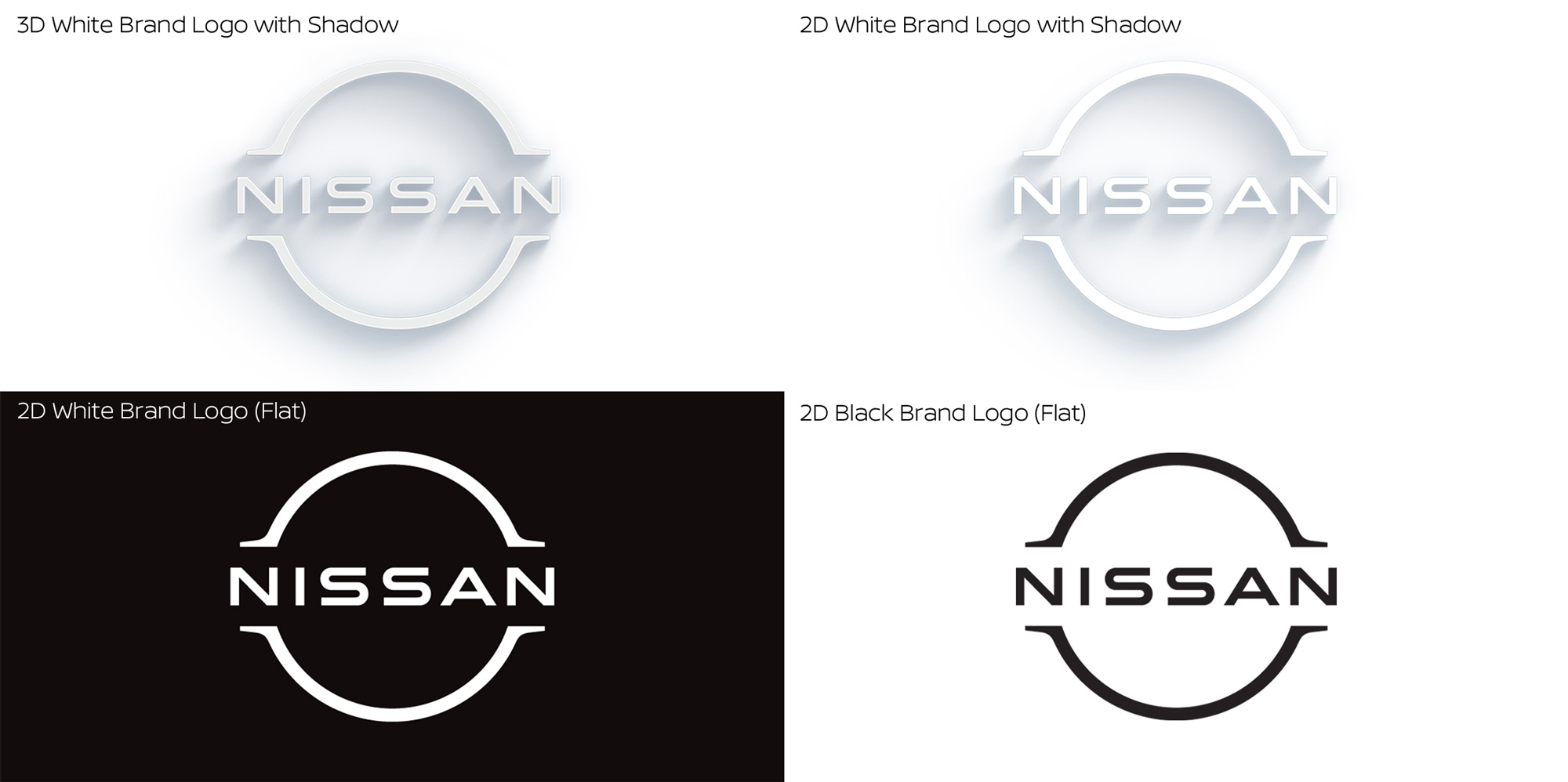
Logo variations

Its electrifying emblem
As the world’s 6th largest automobile maker, Nissan was also at one point its largest EV manufacturer. While the pandemic was raging, the brand rolled out its flagship EV the Ariya in Jul 2020, alongside a new logo. According to the brand, “The overall effect of the redesign is a transition from a hard-edged, industrial feel to a refined, familiar and digital-friendly look.”
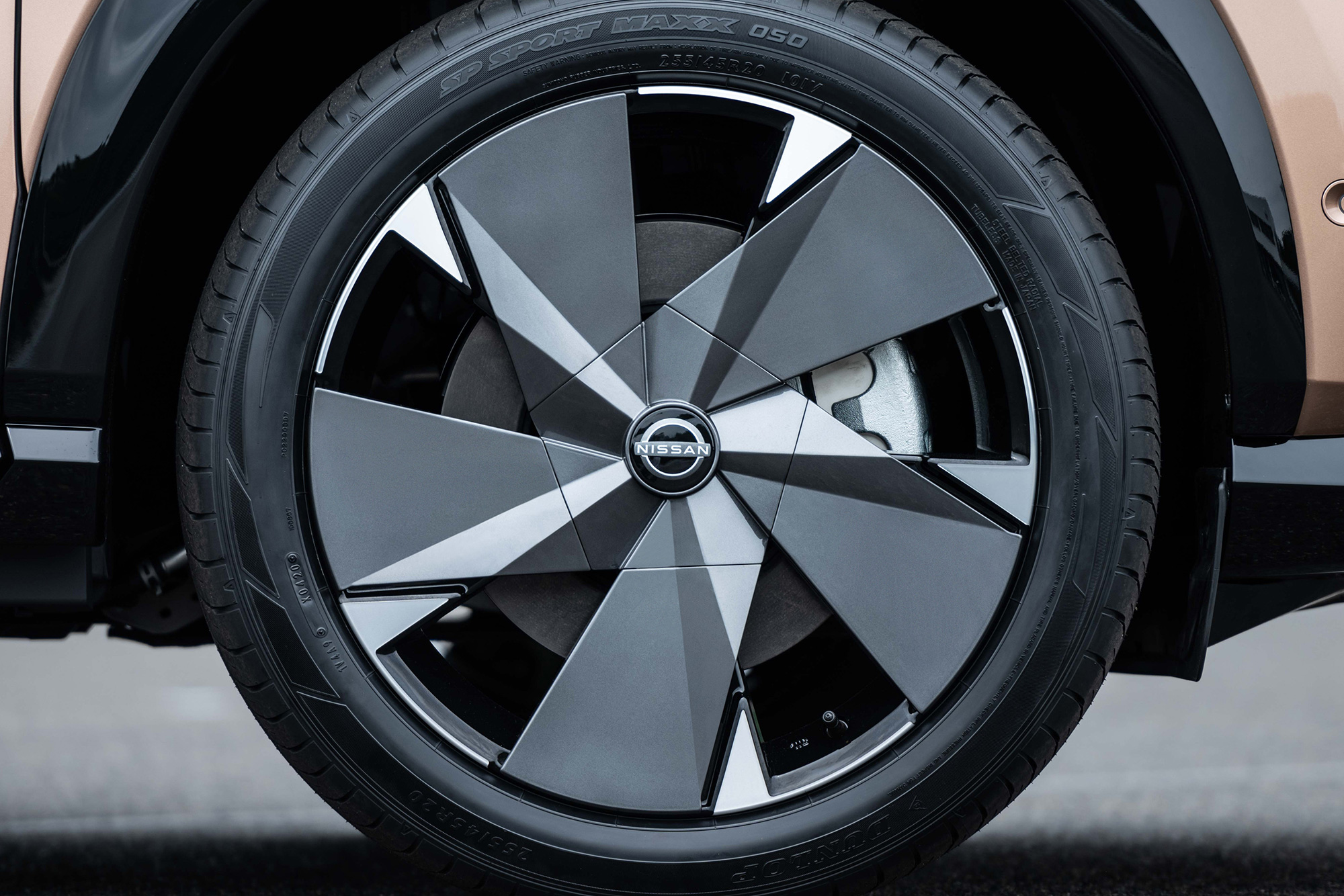
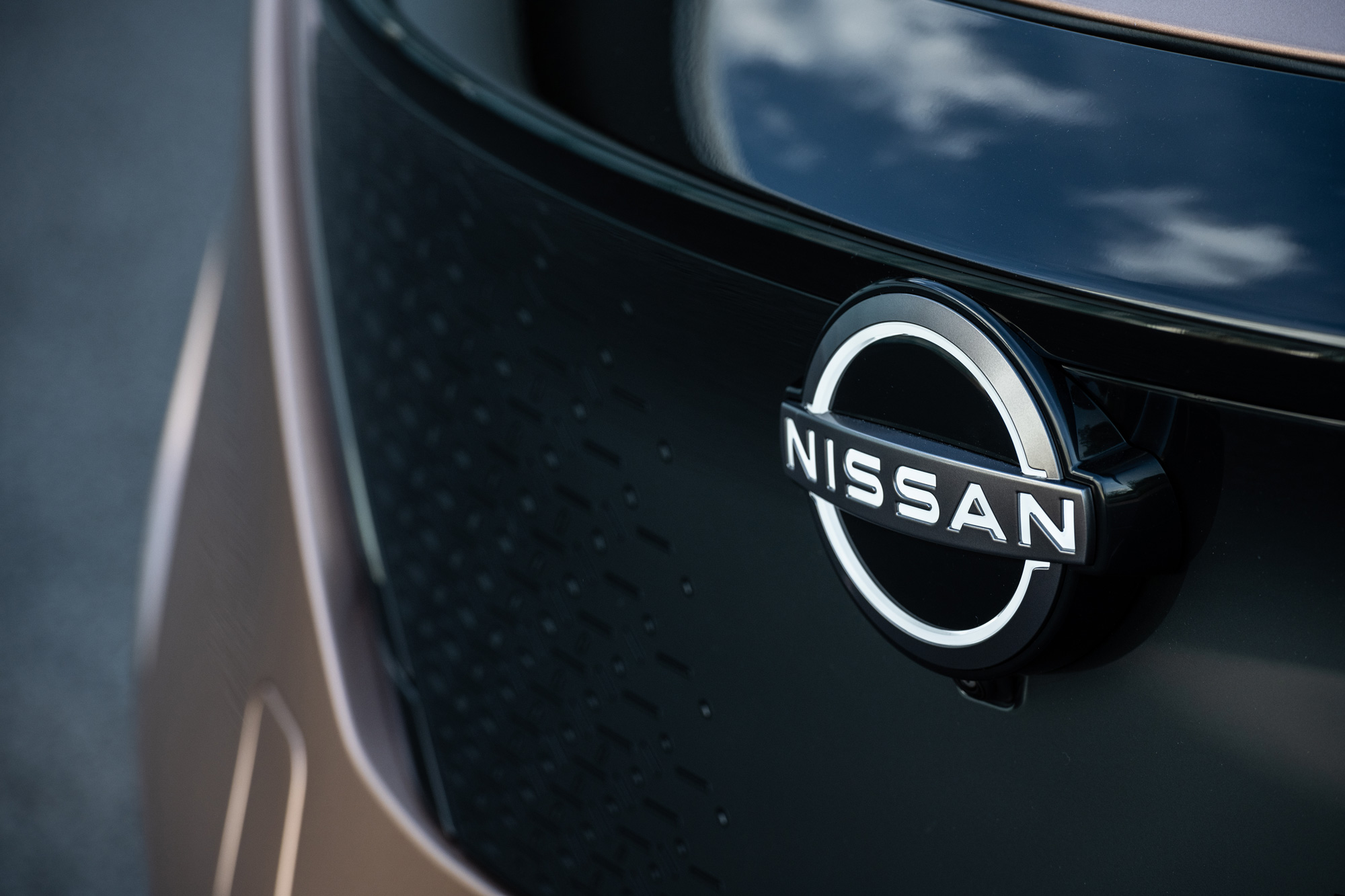
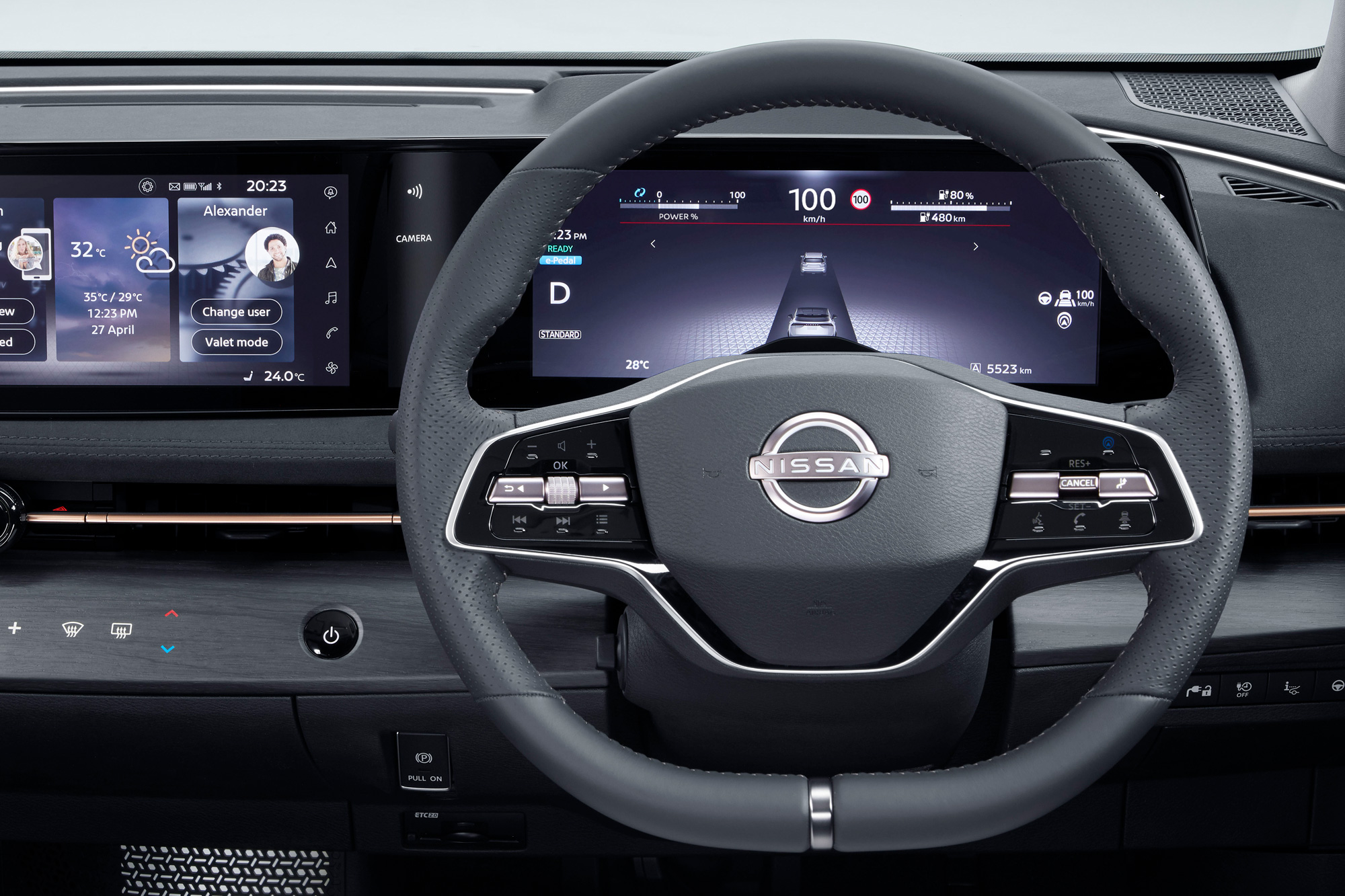
Logo detailing on the Ariya
Closing animation and mnemonic sound
5. BMW
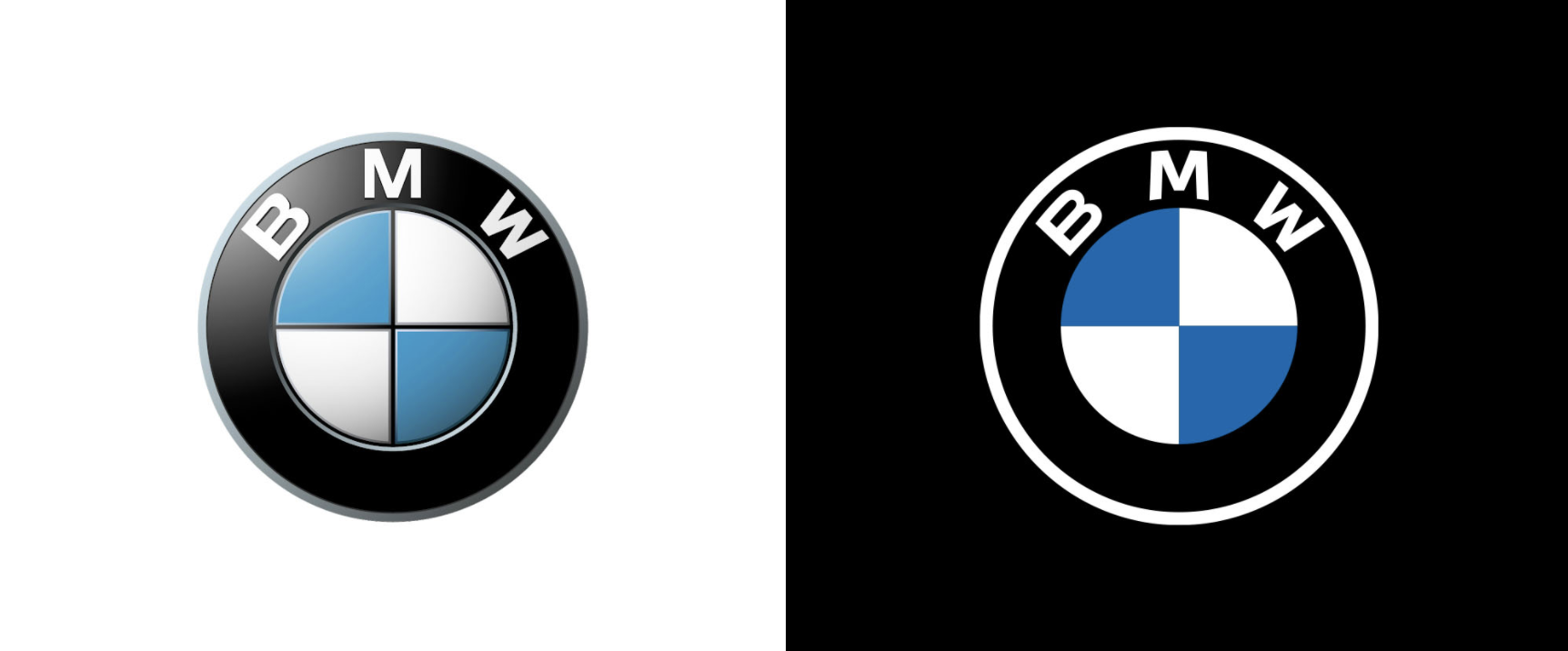
Before-and-after logos
Logo animation

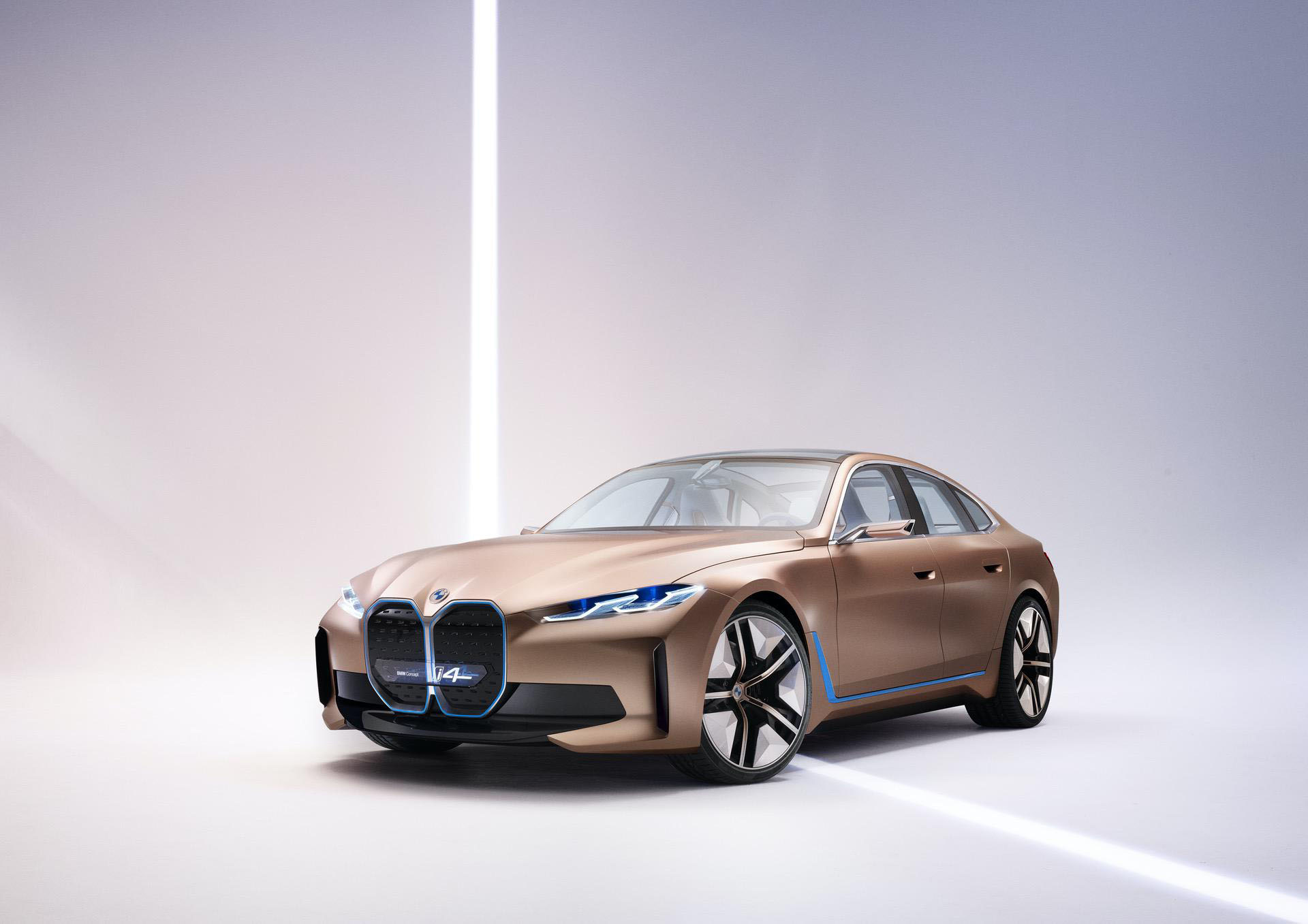
Logo on the BMW Concept i4 Electric Gran Coupe
And of course, who can forget the infamous 2020 rebrand of BMW, which had many consumers up in arms. Not everyone is a fan. Personally, I don’t see what the fuss is.
According to BMW, “The old black ring was replaced, letting the new logo radiate more openness and clarity…. Our new brand design is geared to the challenges and opportunities of digitalisation for brands. With visual restraint and graphic flexibility, we are equipping ourselves for the vast variety of touch points in communication at which BMW will be present, online and offline, in the future. The new logo and brand design symbolise the brand’s significance and relevance for mobility and driving pleasure in the future.”
I do think the glow-up is for the better. The new logo and emblem feel much friendlier, lighter and approachable. (Though admittedly, I do not share fans’ attachment to the heavy black ring.) The logo animation looks pretty kickass too, looking all Tron-like and stuff.
Problem is…aren’t the above automobile brands all trending a little Tron-like and stuff?
Is design thinking and a CX-first strategy helping or hurting brands?
It could be that in their attempts to apply design thinking and customer experience-first strategies, many automobile brands are trending toward a “same-same-but-different” space. A few reasons why this could be so.
1. Auto brands have a more clearly defined customer strategy today
It used to be that the automobile industry appealed to different kinds of customers, including but not limited to the status-chasers, the pleasure seekers, the utilitarians, the speed freaks and so on. With the rising popularity of ride sharing, improved transportation infrastructures, rising costs of living, and a downtrend in commuting post-COVID, the new crop of customers née digital natives may not feel the immediate need to own a vehicle. Values have shifted. Who’s left?
Evidently, whoever’s left have also cultivated new buying patterns. Even more so post-pandemic, which precipitated a boom in e-commerce and shopping behaviour. This is based on improved data gathering capabilities and enriched customer understanding. It follows that automobile brands are rushing toward where the customers are: Online. We see manufacturers quickly repositioning themselves for online sales (case in point, the Volvo Polestar and the Tesla), or at least broadening their strategies for a digital migration.
So is it surprising that automobile brand facelifts are increasingly trending toward digital? Not at all. Brands do so not only from a practical, identity application perspective (flat, flexible, responsive), but they are also motivated by the need to build perception that they are technologically-obsessed. Because of course we expect auto brands to be technologically-obsessed. Would you want to ride in an old jalopy? Not to mention that IoT has really spoiled us. Would that jalopy interoperate with your Spotify account, or auto-sync and optimise GPS in real time? Likely not.
2. The future of automobiles is electric
But beyond just promoting a tech-y facade to better appeal to consumers, many auto brands are getting all in on the Tron action also because (God bless them) they know branding needs to permeate. It’s not just something you say, but also something you do. And this includes adopting digital transformation into their operations and business models, from supply chain management and manufacturing to marketing and product lines.
According to CNN Business, electric cars could outsell gasoline and diesel ones by 2040. Customers are warming up to the idea of EVs for a variety of reasons: Whether self-motivated (like increased eco-consciousness or cost savings), socially-rewarded (look at my Tesla! Check out how smooth the ride is), or government mandated (legislative restrictions on emissions).
Which is why so many manufacturers are redesigning their brands around an EV proposition. The market of EV is hugely promising, and everyone wants a piece of it. And therefore, they’re all rushing to beat each other to it. And in their rush toward the same electric future, they’re clearly all drinking the same electric Kool-Aid, juicing up to the same identities. Never mind the Stuttgarts and rising suns. It’s the future that counts.
To paraphrase an old adage, “The more things change, the more they look the same.”
So where do we go from here?
For starters, let’s enjoy the eye candy. Change is good. There’s progress. And honestly, those new identities are kinda funky and cool. They’re not terrible, they just suffer a lack of distinction. In shedding the accoutrements that characterised their forebears, these logos do lose some of their cultural legacy, heritage and uniqueness. But is that a worthy trade-off? Feel free to sound off!
The good news is that a brand does not a logo or emblem make. We live in the age of information. To stand out and create distinction, auto brands will do well to really dig into those big data, put their empathy skills to use and mine for uniqueness, motivations and drivers that make up purchasing decisions. Go beyond the obvious, and really zero in. And then use that as a basis to tell compelling brand stories (of their heritage, advantage, craftsmanship, experience, whatever). There are lots of opportunities here to create distinction, build brand trust and perceived value.
And of course, be brave, and find creative ways to stand out. After all, it’s a brave new world we’re driving into. And we want to arrive there in style.






